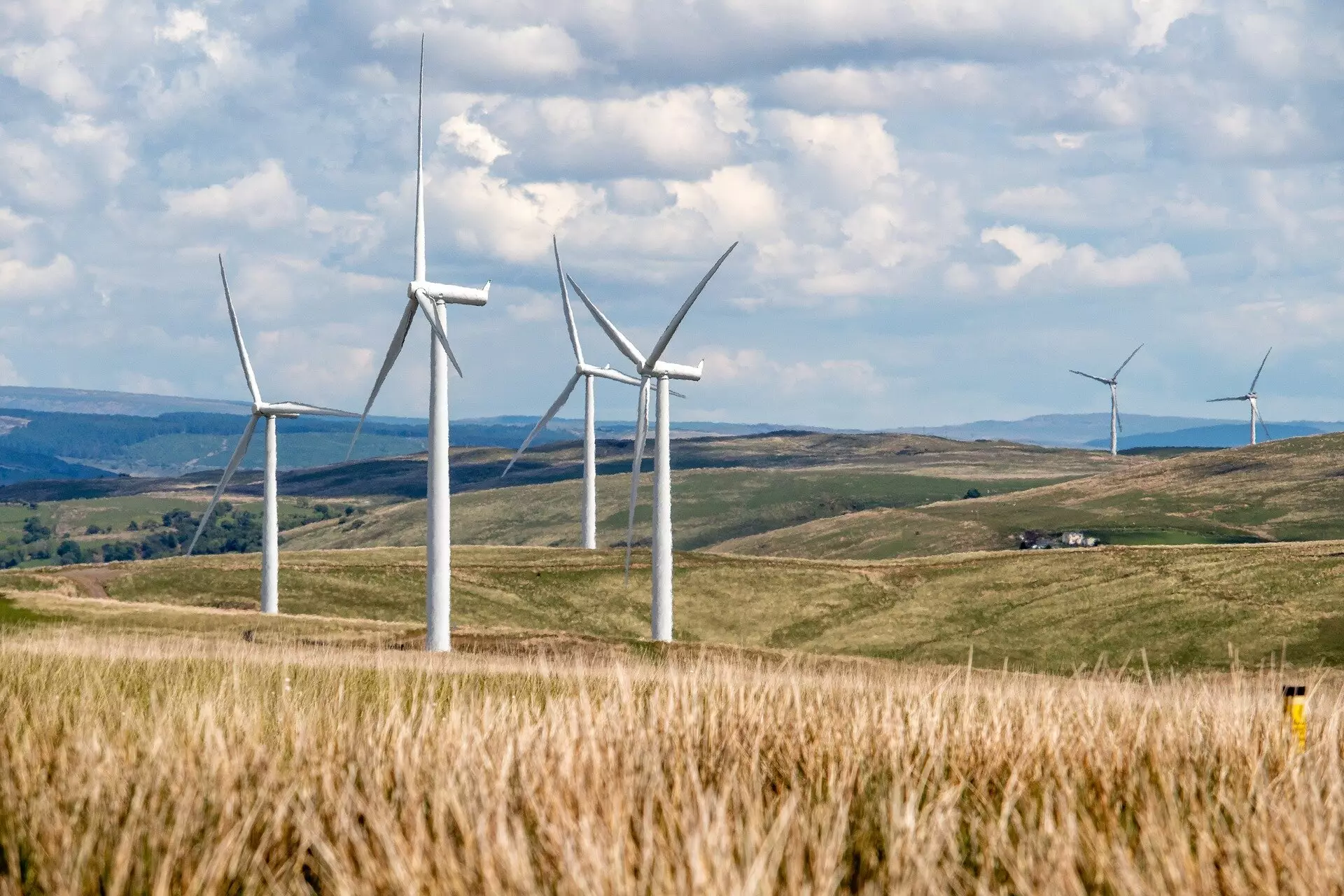As we strive towards a more sustainable and low-carbon energy system, there are several milestones that mark our progress. One such milestone is the moment when renewables generate more electricity than fossil fuels in a given year. For Great Britain, this milestone is projected to be achieved in 2023, but it remains a close race. In this article, we will delve into the data, explore the different definitions of renewables, and analyze the factors that may determine the outcome.
To truly understand the global transition to a low-carbon energy system, it is crucial to focus on weather-dependent renewables such as wind, solar, and hydropower. When these sources are considered, there is a significant possibility that renewables will surpass fossil fuels for the first time ever in 2023. While biomass plants, which burn wood pellets, are technically renewable as trees can be regrown, their scalability and environmental impact remain contentious issues. Therefore, a narrower definition that excludes biomass is more appropriate for assessing the progress of the low-carbon transition.
If renewables do overtake fossil fuels in 2023, it is unlikely that gas and coal will ever again generate more electricity than wind, solar, and hydro over a full year. The chart provided depicts the running total difference between electricity generated by renewables and fossil fuels, allowing us to track the progress towards this milestone. The line in the chart reveals whether renewables or fossil fuels have the majority share for each period. A positive line signifies more renewable generation, while a negative line indicates more fossil fuel generation. If the red line ends the year above zero, Britain will have achieved the milestone of renewables surpassing fossil fuels.
As we approach the end of 2023, renewables are currently slightly ahead in the race, with just over 1,000 GWh (gigawatt-hours) more electricity generated compared to fossil fuels. However, whether renewables maintain this lead depends largely on weather conditions, particularly wind patterns. During the holiday period, electrical demand traditionally decreases due to reduced industrial and commercial activities. Clean and affordable wind power tends to be prioritized during periods of low demand or sufficient wind, reducing the need for fossil fuel generation. However, factors such as the geographic location of generation and the amount of imported electricity must also be considered, as they influence the share of renewables in the market.
An additional trend that is worth highlighting is the ongoing decrease in electrical demand. Surprisingly, 2023 is expected to have lower demand than 2022, which itself was lower than the COVID-impacted year of 2020. This drop in demand has mitigated the need for additional generation, much of which would have come from fossil fuels. In fact, 2023 could be the first year where renewable generation exceeds domestic electricity demand. Approximately 36% of total electrical demand in Britain is attributed to homes, and if renewables outpace this demand, it would signify a significant achievement.
In the event that the milestones of renewables surpassing fossil fuels and exceeding domestic electricity demand are not achieved in 2023, they are highly likely to occur in 2024. The addition of 1.7 GW (gigawatts) of offshore wind capacity and the scheduled closure of Britain’s last coal-fired power station contribute to the optimistic outlook for the following year. These developments will further enhance the renewable capacity and reduce reliance on fossil fuels, ultimately promoting a more sustainable energy system.
The transition to a low-carbon energy system is a complex and multifaceted endeavor. The milestone of renewables generating more electricity than fossil fuels is a crucial step towards achieving this goal. While biomass plants are included in the broader definition of renewable energy, focusing on weather-dependent renewables provides a clearer perspective on the progress of the global transition. As we anxiously await the final days of 2023, the outcome will depend on the interplay between weather conditions and electricity demand. Regardless of the result, the continuous decline in electrical demand and the upcoming developments in renewable capacity point towards a promising future for clean energy in Great Britain.


Leave a Reply